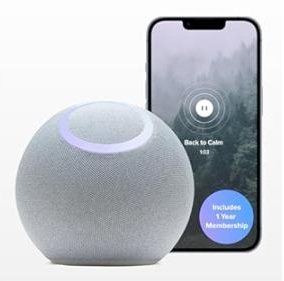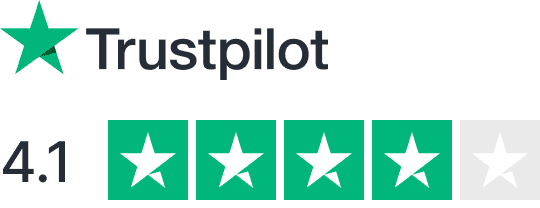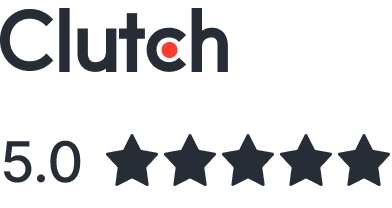Dedicated team for Predictive Care Management platform
Case Study: Transforming Healthcare Management with Cloud Migration and Innovative Features
Would you like to scale up your project?
Client Overview
A leader in Care Management as a Service, turned to usto enhance their platform’s scalability, efficiency, and user experience. By migrating data storage to the cloud, redesigning dashboards, and modernizing patient interaction tools, we streamlined workflows for healthcare providers. Our work improved accessibility, ensured data security, and introduced innovative features like smart health device integration and program creation tools. These advancements not only reduced operational costs but also enhanced patient engagement and outcomes, positioning our client as a frontrunner in value-based care delivery.
Challenges
The client faced several challenges that needed to be addressed to improve their service delivery and internal efficiency:
Limited Scalability
As the platform’s user base and data volume grew, the existing on-premise infrastructure struggled to scale, leading to performance bottlenecks and limited flexibility.
Inefficient Workflows
The existing workflows for managing patient data and clinical interactions were outdated, making it difficult for healthcare providers to access and act on information in real-time.
Complex Data Management
Integrating patient data from multiple sources, including electronic health records (EHR) systems and smart health devices, created data silos and slow decision-making processes.
Legacy Tools
The platform’s legacy features, including time tracking and dashboards, lacked modern functionality, which hindered staff efficiency and decision-making for healthcare providers.
Key Solutions
To address these challenges, we implemented several key solutions:
Cloud Migration for Scalability and Security
We migrated the data storage from an on-premise system to a cloud-based infrastructure. This migration improved accessibility, security, and cost-efficiency while enabling seamless scaling of the platform to handle larger data volumes and user loads. Additionally, we set up a fault-tolerant system with robust monitoring, data backup, and autoscaling to ensure continuous availability and minimize downtime.

Modernizing Patient Interaction Tools
We completely redesigned the way healthcare providers interact with patient clinical information, including medication, allergies, appointments, demographics, and more. The new system streamlined workflows, making it easier for providers to access and act on patient information in a user-friendly, intuitive interface.

Smart Health Device Integration
We introduced an innovative feature that integrates smart health devices in patients’ homes. This feature enables real-time data gathering, analysis, and processing, empowering healthcare providers to monitor patients remotely and make more informed decisions about care, improving patient safety and accountability.
Revamping Time Tracking and Dashboards
The existing time-tracking system was redesigned to provide a modern, efficient interface, improving the management of clinical time and staff allocation. We also redesigned the platform’s dashboards, creating new metrics that allowed for improved tracking and reporting of key performance indicators (KPIs) for the executive team, fostering accountability and data-driven decision-making.
Automation and Efficiency Enhancements
We introduced automation testing prior to the release of new features to minimize the risk of errors and ensure that the platform remains reliable in production. Additionally, we implemented a system to quickly process large datasets, allowing for faster patient identification and grouping based on specific parameters for further treatment.

Patient Program Creation Tools
We developed a powerful tool to create patient programs and campaigns with just a few clicks, significantly enhancing the platform’s ability to manage large-scale patient engagement and care initiatives efficiently.
Results and Impact
The implementation of these solutions had a transformative impact on the client’s platform:
- Improved Scalability and Performance: Cloud migration allowed the platform to scale efficiently while ensuring high availability, enabling the client to handle an increasing number of users and data without performance issues.
- Streamlined Workflows: Redesigning patient interaction tools and modernizing workflows greatly improved efficiency for healthcare providers. This allowed providers to manage patient data more effectively, reducing administrative burden and improving time-to-care.
- Enhanced Patient Engagement: Integrating smart health devices and automating patient care programs enabled providers to engage patients in real-time, improving patient safety, accountability, and overall health outcomes.
- Increased Operational Efficiency: The redesigned time-tracking system and enhanced dashboards made it easier for staff to manage resources, improve productivity, and track critical metrics, leading to more efficient operations.
- Data-Driven Decision-Making: New features, including advanced reporting and real-time patient identification, allowed the client to better manage patient groups, improve care delivery, and make data-driven decisions that led to improved patient outcomes and satisfaction.
Cost Reduction and Revenue Growth: By streamlining processes and automating key aspects of patient care and data management, the platform helped reduce operational costs while enabling revenue growth through improved patient engagement and retention.
Key Takeaways
Moving to a cloud infrastructure enhances the platform’s ability to scale efficiently while improving security and operational costs.
Connecting smart health devices to the platform enables remote monitoring, improving patient care and safety.
A modernized dashboard and reporting system allow for better monitoring of key performance indicators, driving smarter decisions.
Automation of time tracking, patient program creation, and testing processes improves efficiency and reduces errors.
This collaboration not only enabled the client to streamline operations and reduce costs but also positioned them as a leader in value-based care by enhancing patient engagement and outcomes, ultimately improving the patient experience and ensuring better healthcare delivery.











